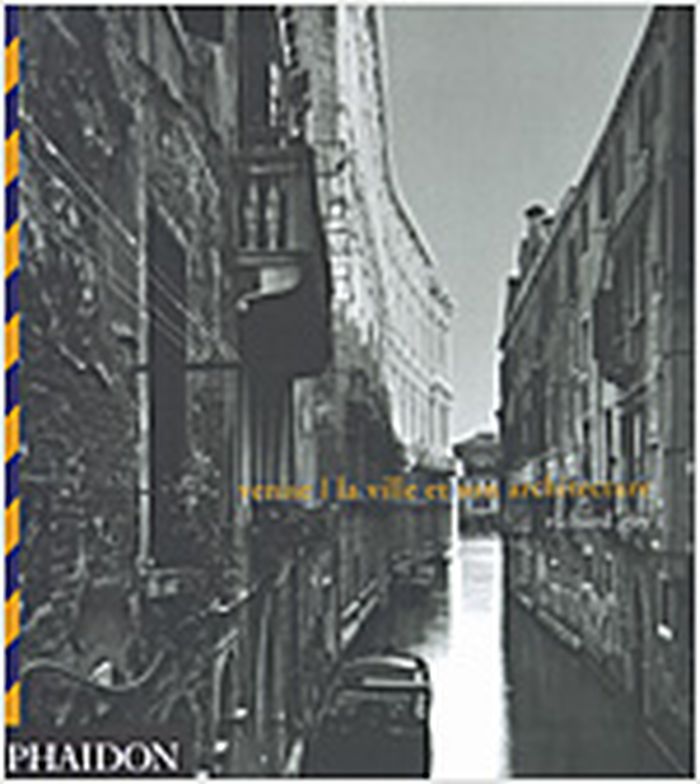books
$97.95
(available to order)
Summary:
This book offers a comprehensive account of the architecture of Florence, setting the city’s buildings within the political, economic, and cultural contexts in which they were made. The rapid expansion of its banking interests and its wool and textile industries brought Florence prosperity, and it became, under Medici power, the heart of the European Renaissance, and the(...)
Florence : the city and its architecture
Actions:
Price:
$97.95
(available to order)
Summary:
This book offers a comprehensive account of the architecture of Florence, setting the city’s buildings within the political, economic, and cultural contexts in which they were made. The rapid expansion of its banking interests and its wool and textile industries brought Florence prosperity, and it became, under Medici power, the heart of the European Renaissance, and the sponsor of pivotal architectural works. Stretching from the city’s foundation by Julius Caesar in 59 BC to modern times, the text takes a thematic approach. It begins with a historical overview, then moves on to look at buildings associated with the powers of Church and State, followed by the practicalities of building and the main architectural types, ending with modern developments. Buildings covered range from the Duomo, with Brunelleschi’s cupola, and the Palazzo Pitti, to neighbourhood churches and piazzas. Landmark modernist buildings include those by architect Pier Luigi Nervi. The visual wealth of the city is reflected in specially commissioned photography, while original plans and paintings by Florentine masters emphasize the historical context. In addition to a glossary of Italian terms and biographical notes on major figures, the book includes a foldout map with a key to the buildings discussed.
books
April 2002, London / New York
History until 1900
$59.95
(available to order)
Summary:
Ce n'est pas un livre sur Venise, c'est peut-être cette saison LE livre sur Venise. Pour l'avoir entre les mains, on sait que ces 300 pages pèsent aussi par la densité des images et du texte qui décortiquent, égrènent de façon exhaustive, érudite tout ce qu'il y a lieu de savoir sur les bâtiments de la Sérénissime.
Venise : la ville est son architecture
Actions:
Price:
$59.95
(available to order)
Summary:
Ce n'est pas un livre sur Venise, c'est peut-être cette saison LE livre sur Venise. Pour l'avoir entre les mains, on sait que ces 300 pages pèsent aussi par la densité des images et du texte qui décortiquent, égrènent de façon exhaustive, érudite tout ce qu'il y a lieu de savoir sur les bâtiments de la Sérénissime.
History until 1900
